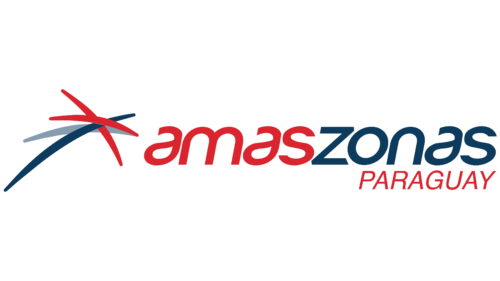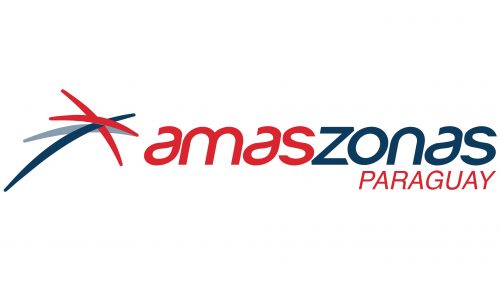Amaszonas Paraguay: Brand overview
In 2014, Paraguayan entrepreneurs and investors launched the country’s first substantial national airline. They established the company on August 14, 2014, in Asunción, starting with an initial investment of around 10 million USD to buy aircraft, hire employees, and secure the necessary certifications.
The company began operations with its first flight on September 23, 2015, from Asunción to Concepción, using a 12-seat Cessna Grand Caravan aircraft. At first, the company developed a network of domestic routes that included cities such as Ciudad del Este and Encarnación.
In 2016, Amaszonas Paraguay added 50-seat Embraer ERJ-145 jets to its fleet. In 2018, it underwent a rebranding, changing its name to Paranair to establish a distinct identity from other companies within the Amaszonas group.
From 2019 through 2022, Paranair expanded into international markets, starting flights to Buenos Aires, Rio de Janeiro, and Cochabamba, among other destinations. This expansion helped solidify its status as Paraguay’s leading airline.
It operates with a fleet of three Embraer ERJ-145 aircraft and two Cessna Grand Caravans. It is Paraguay’s main company, based at Silvio Pettirossi International Airport in Asuncion. It serves 12 domestic and eight international routes, improving regional connectivity.
Since its inaugural flight in 2015, Paranair has evolved from a small domestic carrier into a significant airline in South America. The company’s plans include increasing its international routes and updating its fleet with larger regional jets to continue its growth and expand its network.
Meaning and History
What is Amaszonas Paraguay?
It is a regional airline based in Asunción, offering regular passenger services to various destinations within Paraguay and neighboring countries. As a subsidiary of the Bolivian airline Amaszonas, the company operates a fleet of small turboprop aircraft, such as the Bombardier CRJ200 and Embraer EMB 120 Brasilia, optimized for efficient service on short and regional routes.
2015 – 2018
The chaotic lines in red, gray, and blue are reminiscent of the palm tree, one of the most common plants in Paraguay. These lines can also represent stylized airplane routes. The word “amaszonas” is written in lowercase letters and is visually divided into two parts: the red “amas” and the blue “zonas.” An interesting feature of the font is the absence of some strokes in the letters “a,” “m,” and “n,” which gives them a rounded appearance. The second part of the name is located in the lower right corner. It is smaller but consists of only capital letters. The logo uses a cursive sans serif font.
The logo’s chaotic lines have different interpretations, signifying either natural elements or the complexity of air transportation routes. Using red, gray, and blue colors adds visual interest and helps divide the word into two different but related segments. The unique lettering design further emphasizes the airline’s modern and creative approach. The difference in letter placement and size in the names adds another level of complexity, while the italicized sans-serif font complements the modern aesthetic.





